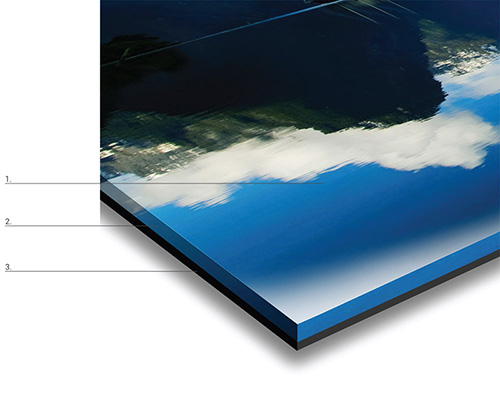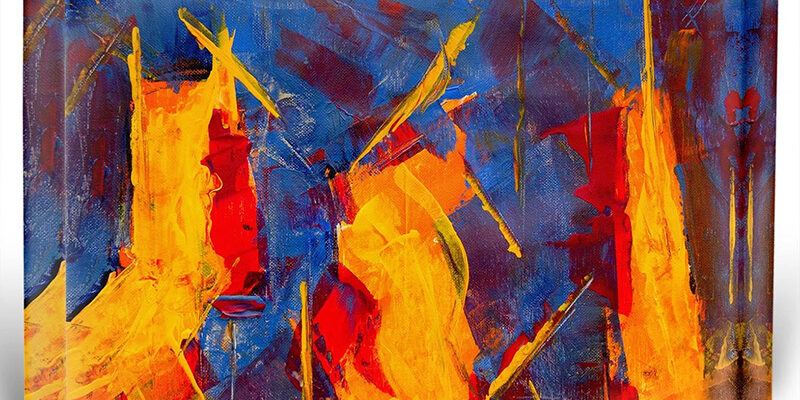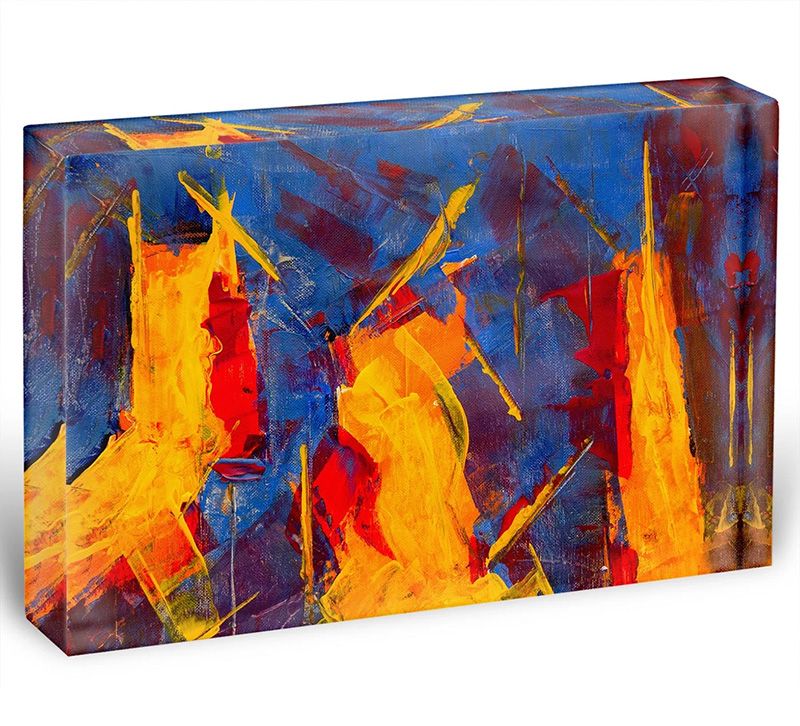Last Updated on 2 years by soonxindisplay
As technology standards continue to advance rapidly, many assume that the printing world has been left way behind, especially with the rise of social media. But still, printing has a long way to go as technology is fueling it and not letting this industry sit pretty.
UV printing is a unique digital printing method utilizing ultraviolet (UV) light to dry or cure the ink, adhesives, or coatings almost as soon as it’s hit the paper, aluminum, foam board, or acrylic. Among other technologies, ultraviolet (UV) printing has quietly appeared and has become more and more companies adapting to make a difference—one of the printing technologies.
CONTENTS
What is UV Printing?
UV printing is fast becoming the new industry standard as printing technology evolves. Many people will ask what UV printing technology is.
UV printing is a form of digital printing that uses ultraviolet lights to dry or cure ink as it is printed. As the UV printing machine distributes ink on the surface of a material (called a “substrate”), specially designed UV lights follow close behind, curing – or drying – the ink instantly. Because the UV lights cure any printed ink immediately, wet ink dots do not get a chance to spread out once printed, resulting in much finer detail.
\Also, UV ink printing is weather-resistant and offers increased resistance to fading. This curing process is more environmentally friendly, producing few VOCs, odors, and heat. UV curing also allows the flatbed printer to use nontraditional materials like acrylic or aluminum. Below is a sample of the acrylic block to show how printing works.
- Vibrant direct UV print behind glass-like acrylic
- 1/4” CNC precision cut acrylic
- PVC Protective backer
Acrylic available in various thicknesses and non-glare


Understanding UV Printing
The Benefits of UV Printing
Flexibility
with UV print allows you to print on almost any surface, uv printing on metal, acrylic, pvc and foams. even to do uv 3d printing on fabric.
That flexibility translates to hundreds of uses at the local print shop level – small retail items, book covers, clings, cards, large banners, the list is almost endless. And with this newfound ability to print on traditionally non-porous surfaces like Styrene or hard boards, customers are starting to pay attention.
High Print Qualities
No more double passes through the press, no more re-runs. UV printing allows for high-gloss levels, vibrant colors, an array of coatings, and crisp printing with a nice finished look. That’s because UV inks tend to sit on top of the printed surface, rather than being absorbed into it. The result is sharper and crisper.
Highly durable
UV printing is also more resistant to scratches, wear and tear, and sun exposure than its traditional printing counterparts. Customers love that a large promotional piece isn’t going to become tired and sun-worn after a few weeks.
Faster operations, higher productivity
With UV printing, the ink is dry the moment it comes off the press. No more waiting for the ink to dry, no more waiting to do proofs, no more ghosting of images on the page above it. Instead, press checks are quick and you can move on to binding and finishing faster. Not only is it faster for your clients, but it saves you time too.
UV Printing vs Screen Printing
Cost Comparison
Traditional screen printing requires film plate making, and its printing cost is relatively expensive. The screen printing dots cannot be eliminated; mass production is needed to reduce costs.
UV flatbed printers don’t need such a complicated layout design, only simple picture processing; after calculating the relevant values, you can directly use the software to operate, and you can print a product; inkjet printer does not limit the minimum number from some From a perspective, it also saves time and cost.
If you need to compare more Screen Printing and UV printing version, please click here to find more acrylic glass block product effects of applying two printing technologies.
Process Comparison
The screen printing process is more complicated. It is based on accessories and chooses plate-making and printing processes according to different materials. There are many specific process types. Other printer materials have additional processing, and the operation is quite troublesome.
The process of a UV flatbed printer is relatively simple: place the material replaced by the printer on the rack, fix the position, locate the selected high-definition picture in the software, and start printing. The printer model for different materials is the same, but a few materials require coating and varnish effects.
Comparison of Printing Effects
The screen-printed product pattern has poor firmness, is easily scratched off, and is not waterproof. After printing, it takes a period to air dry to completely dry. The patterns printed by UV flatbed printers have vital water and scratch resistance.
Environmental Protection Comparison
Silkscreen printing is a traditional process that is relatively harmful to production and external environments. The unpleasant smell and the discharged waste ink cause severe pollution. The UV flatbed printer uses a new type of UV ink,
The best part is that UV printing is eco-friendly and green technology as there is no VOC (Volatile Organic Compound) emission during printing. Companies need to spend less on infrastructure to set up LED printing units. Moreover, the consumers get a better quality product with a glossy finish.
Five industries for universal UV printing applications
Decoration Industry
Such as art glass, decorative ceramics, wooden crafts, furniture, fake metal buttons, ceilings, curtains, etc. High manual processing costs, low production efficiency, and many short-run businesses characterize this market. Digital inkjet printing is most suitable.
Signage Industry
Rigid sign production in advertising, transportation, power, and other industries is also a beneficiary of universal UV printing. Compared with the traditional method: screen printing or inkjet printing on the film-like material with adhesive and then pasting it on, reducing the process and cost.
UV flatbed printers feature some of the most up-to-date printing technology today. By bringing this technology to SOONXIN DISPLAY, we’re getting our customers the best in custom signage. As a result, we are now the largest POS displays company with this in-house printing capability. It’s exciting stuff! While many smaller sign shops offer UV printing services, includes like clear acrylic sign holders, wall mount acrylic sign holders, acrylic table top sign holders, and custom any size with printing content. This makes us a one-stop shop for any all-business displays you might need!
Exhibition Industry
The production of POP panels used in on-site sales promotion, outlet display, museum and exhibition building, etc., use a universal UV printer to directly print KT panels, acrylic panels, plexiglass panels which insert the poster display stand like below, etc. It reduces the problems of laminating, color fading, and foaming in the past of traditional printing and also saves a lot of labor. Please get in touch with us anytime to learn more about the stand-up poster stand.
Packaging
Product personalization is a big business globally, and digital UV printing offers an excellent opportunity for you to meet this demand, increase product sales, and stay competitive UV printing in the food packaging industry has been fruitful.
UV inks get cured during printing, leaving no harmful solvents that can contaminate the food inside the packaging. More and more food manufacturers across the globe have started using this technique for food packaging while maintaining high-quality standards when it comes to the customized packaging of food items.
UV printing isn’t the little-known secret of the printing world anymore; customers are starting to ask for it by name. They want the speed, durability, high print quality, and surface flexibility that ultraviolet printing can offer. Don’t get left behind.














